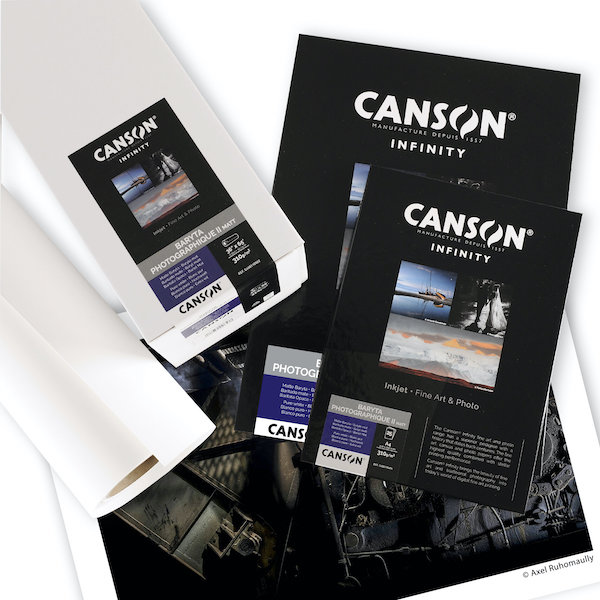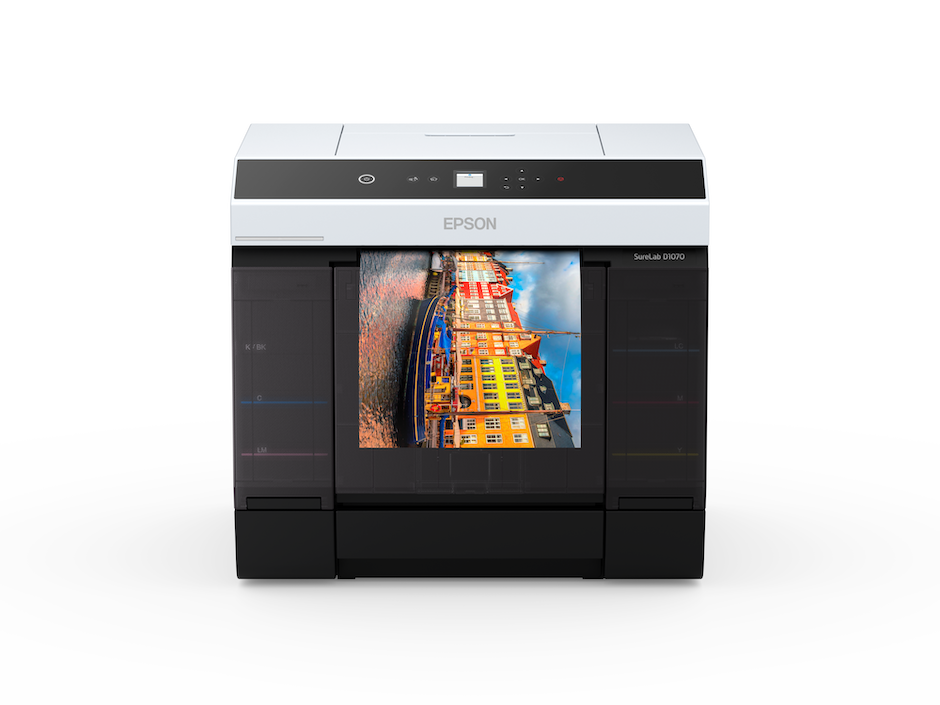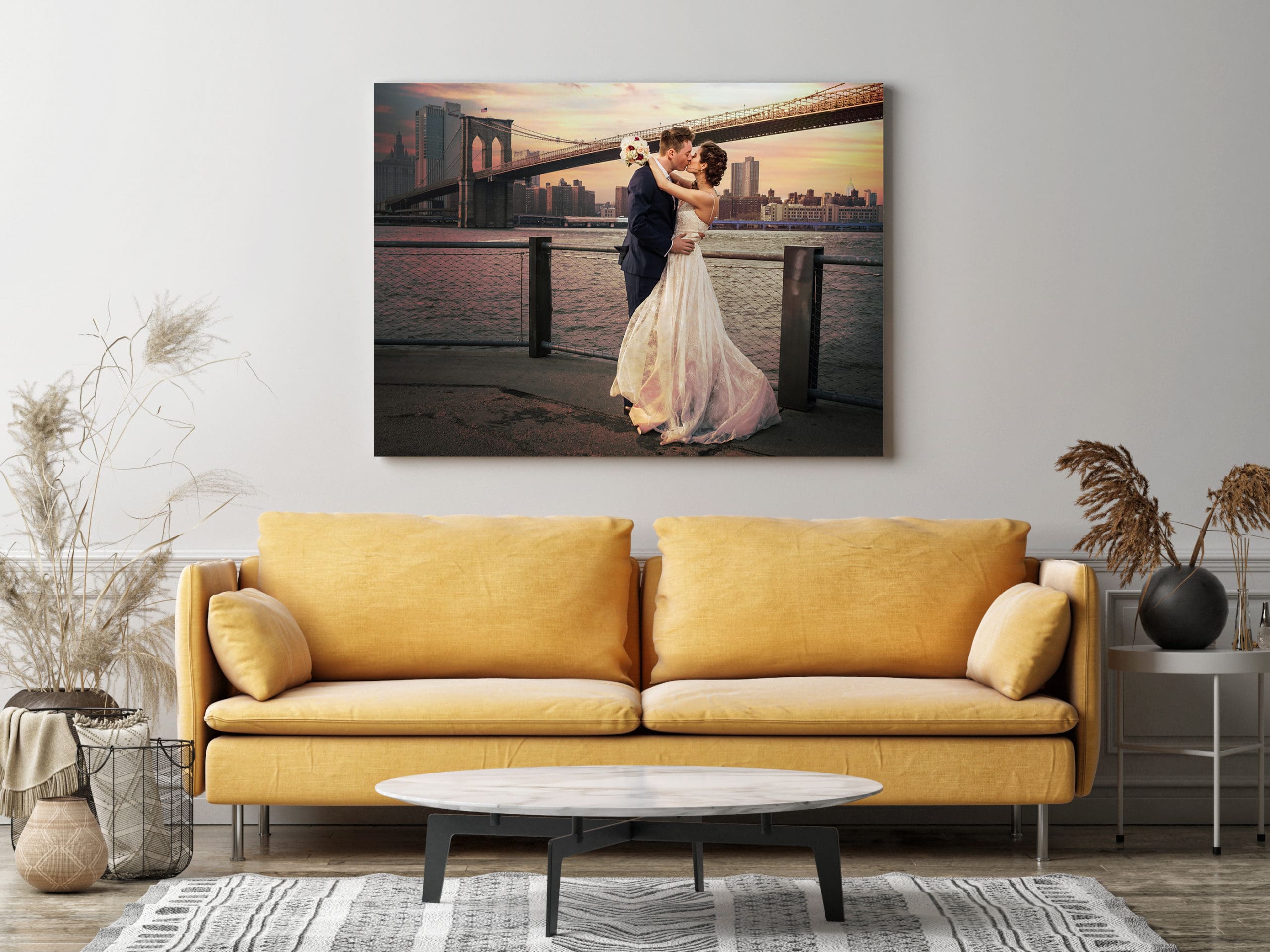Power of Print
What It’s Like to Be a WPPI Print Competition Judge
February 23, 2018
Imagine print judging where only high-scoring prints were discussed, low-scoring prints were summarily dismissed and the loudest judge dominated the panel. Imagine if a judge only marked the work they liked highly and disrespected all other styles. Worse still, the panel chair does nothing.
As an entrant—especially a first-timer—why would you enter again? Like many other judges, I believed that feedback was hugely important to the entrant and that judges should bestow their knowledge, not prejudice, to the process.
With this as a game plan, we found audience attendance immediately increased. Feedback to WPPI was extremely supportive with attendees claiming it was worth their entire trip from near or far to Las Vegas for those two days of judging.
It’s fair to say that the WPPI educational approach to judging has been brought about by observing what was wrong and ways to make a print competition better. My first piece of advice to a judging panel I’m working with is to be the panel you wished you sat behind when your first entries were judged.
In the grouping of five judges and two relief judges, there’s a variety of skills and disciplines present across the board. A judge with great skill in photojournalism comments on images of that genre or great candid moments within images. Technical issues in an image are best addressed by a judge well-versed in image finishing. The judge well-versed in on-location lighting should comment on an image where this is present.
Traditionally, panel chairs call for a high-scoring and a low-scoring judge to comment. Those judges may not be the best to comment and it may only require one judge to comment about the most obvious problem with the image. This is provided by the active and involved panel chair.
Let’s say an image comes up that is below Silver Award standard. The most overriding problem is the lighting. It is a situation where the flash has been used directly on camera in an average room. The moment captured is good, but the lack of professional technique nullifies the impact of the moment. I would select a judge from those I know to be conversant with lighting and events.
“Judge 3,” I would say, “we see a great moment let down by the lighting technique. A brief comment on how would you fix this?” Judge 3 would hopefully respond with something like, “I do see the great moment. I believe that the flash could have been bounced off a wall, or used with a bounce card in order to soften the light. In an action moment like this, I would keep my shutter to about 1/125th at f/4 and ISO 1000, with flash on TTL.”
This provides the exact feedback the entrant needs. They have been praised on the good points and a fix provided to educate them on technique. A WPPI judge needs to be not only someone of a certain level in the industry but able to express themselves well—not to mention have a willingness to work with others and absorb differing points of view. A diverse exposure to different, trends and styles in the wider world of art, graphics, film and fashion is desired, too.
When choosing judges for WPPI, we try to avoid:
- a person judging just because they are a WPPI Master—just because you have the qualifications doesn’t mean you’re a good judge. All of the judges are vetted in this regard.
- a judge who carries a strong belief that there is only one way to make an image. Creativity is not the friend of inflexibility
- a judge who cannot explain themselves clearly.
- a judge who cannot see beyond technique and technicalities.
- a judge who does not see outside the walls of the wedding and portrait industry.
- a judge who does not see outside the borders of their own country—we are proudly Wedding Portrait Photographers International.
While we encourage enthusiasm in judging, it’s important for a judge not to overuse, “I love this image,” and then not elaborating. One of the things we don’t appreciate enough is that this tells the entrant and audience that their first job is to please the judges, which is absolutely not the case. Equally unacceptable is ‘I don’t like this image’. We must absolutely avoid commenting on our personal likes or dislikes. We encourage the judges to step down from judging an image to which they feel they cannot bring sound judgement.
As judges, we need to avoid the deadly act of assumption. “This image has been Photoshopped!” is one—it may not have been. It is acceptable to say, “This image appears to have been Photoshopped. I may be wrong, however it is the effect that is destroying our understanding of the central content of this image.”
So, you’ve worked hard all year. You’ve agonized over your choices. And then you’ve given us “your babies.” We get it. We’ve all been there, and we’re all on your side.
Remember: This is not about whether your customer loved the image and purchased a huge wall portrait. This is about judgment by your peers. This is about the very best work you are capable of showing. Your competitors are wonderful photographers from over 50 countries around the world, so don’t be surprised if your entries score differently to a local association. Daunting? Sure. Exciting? Absolutely.
Common Print Pitfalls to Avoid
1. Expressionless subjects will undermine beautiful posing, superb lighting and a gorgeous location.
2. Holding onto the print’s “emotional baggage”—all the things that went on before and after that are not visible.
3. Not assessing the image under the right light: f/2.8, 1/125th of a second and ISO 100.
Tips for Submitting Success
1. Make small work prints and place them near your work area. After a few days, turn them upside down. The problem areas will be revealed more easily as you disconnect from the emotional construction of the image.
2. If you can see it, we can see it. Examine your prints minutely for problems—again, upside down.
3. Don’t leave making your entries to the last minute. You don’t deserve the anguish, stress and increased courier costs.
4. Bring your entries in 6 x 4-inch prints to WPPI. You can show them to others easily and if you’re chatting to a judge after the event, we can draw corrections on them for you!
David Anthony Williams is a seasoned WPPI judge. This year’s live judging takes place Saturday, February 24, and Sunday, February 25, 8 a.m.-6 p.m. at the Great Hall in the Excalibur Hotel, Las Vegas.
Related: How To Create An Award-Winning Photo Print
How Photographers Can Sell More Photo Prints
WPPI Prizewinners Dissect Their Print Choices





